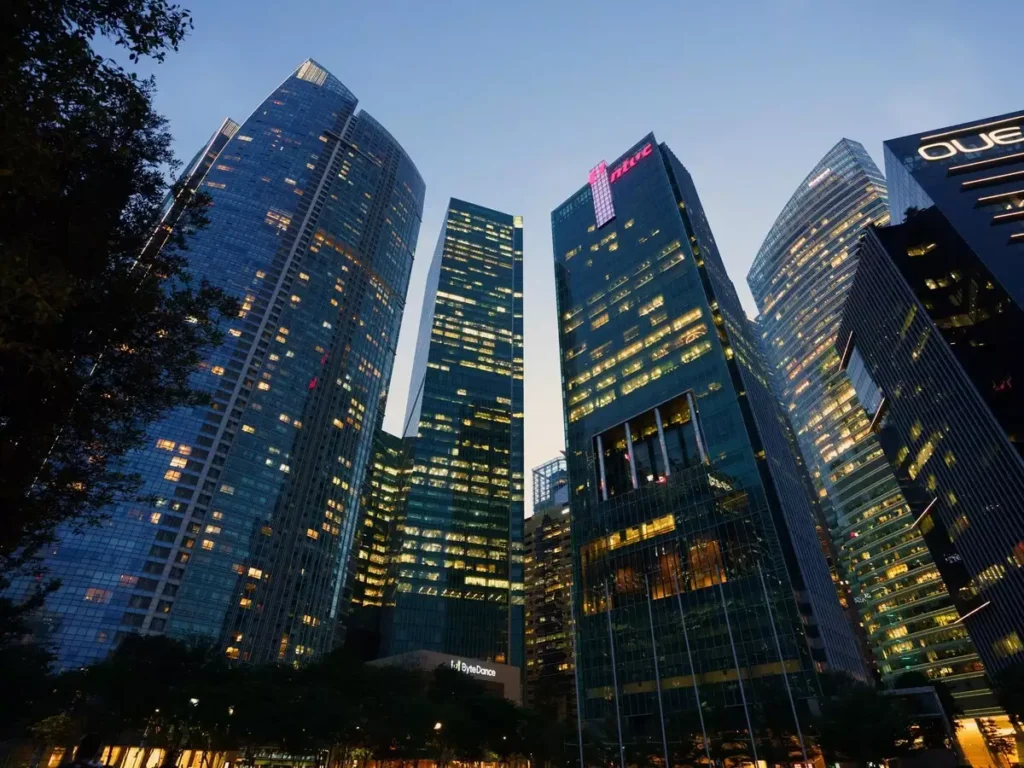A recent study reveals that cities are now growing upwards faster than they are expanding outwards, signalling a significant shift in urban development patterns.
Key Highlights of the study:
- The study utilized satellite data to analyze the growth patterns of over 1,500 cities worldwide.
- The team employed two types of satellite data—one for measuring the two-dimensional footprint of cities and another using microwaves to estimate vertical expansion, including skyscrapers.
- The findings highlight that cities, especially in Asia, are increasingly expanding vertically rather than horizontally.
- The study analyzed data from the 1990s to the 2010s to observe this shift in urban growth.
Reasons:
- Economic Growth: High-rise buildings accommodate mixed-use structures, including residential, commercial, and office spaces, supporting economic activities.
- Urbanization: The global urban population surged by approximately 2 billion from 1990 to 2020, driving the need for more vertical space.
- Construction Technology: Innovations in construction, such as advanced elevators and centralized heating/cooling systems, have made taller buildings more feasible and efficient.
Challenges:
- Increased Population Density: Vertical growth leads to higher population density, increasing demand for public resources and energy, which can strain existing infrastructure and reduce the quality of life.
- Urban Heat Island Effect: Taller buildings contribute to localized heating, affecting city temperatures, altering rainfall patterns, and changing wind speeds.
- Economic Viability: Complying with building codes and incorporating disaster-resilient structures is costly, making high-rise buildings expensive and often inaccessible to lower-income groups.
- Social Divide: The higher costs associated with constructing tall buildings can widen the gap between different income groups.
- Additional Challenges: Vertical growth poses challenges in disaster relief efforts and solid waste management, complicating city planning and sustainability efforts.
Ref: Source
| UPSC IAS Preparation Resources | |
| Current Affairs Analysis | Topperspedia |
| GS Shots | Simply Explained |
| Daily Flash Cards | Daily Quiz |
Frequently Asked Question:
Why are cities growing vertically rather than horizontally?
Cities grow vertically to accommodate economic activities, address urbanization, and utilize advancements in construction technology.
What is urban sprawl, and how does it differ from vertical expansion?
Urban sprawl refers to the horizontal spread of a city, unlike vertical expansion, which focuses on building upwards.
What is the urban heat island effect, and how does it relate to vertical growth?
The urban heat island effect refers to higher temperatures in city areas due to dense buildings, and vertical growth exacerbates this effect.


